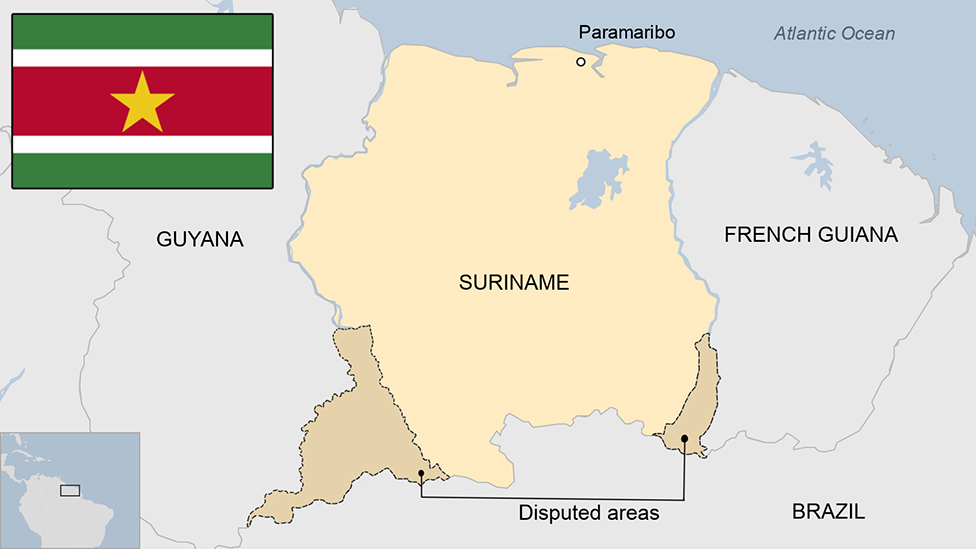
Suriname’s main businesses
Suriname, located in the northeastern part of South America, has an economy that is heavily reliant on its abundant natural resources. Its main industries are diverse and include sectors like mining, agriculture, forestry, fisheries, and energy production. Here’s an overview of the main businesses that drive Suriname’s economy:
1. Mining and Natural Resources
Gold Mining: Gold mining is the backbone of Suriname’s economy, accounting for a significant share of its GDP and export revenues. Both large-scale international companies like Newmont and small-scale artisanal miners contribute to the industry. The government plays a key role in regulating and benefiting from this sector through royalties and taxes.
Bauxite and Alumina: Historically, bauxite mining was a significant part of Suriname’s economy, although its contribution has declined. The country has vast reserves, and the sector remains relevant for potential future exploitation.
Oil and Gas: The oil industry is growing in importance, with state-owned Staatsolie managing exploration and production. Offshore oil discoveries have the potential to transform the economy significantly in the coming years.
2. Agriculture
Rice Farming: Suriname has a well-established rice farming industry, primarily for domestic consumption and export. The Nickerie district is the heart of rice production, supported by irrigation systems and modern farming techniques.
Bananas: Bananas are a major export crop, with companies like Surland and others playing a pivotal role. The EU is a key market for Surinamese bananas.
Other Crops: In addition to rice and bananas, Suriname produces citrus fruits, cassava, and vegetables, with opportunities for export expansion.
3. Forestry
Suriname’s vast tropical rainforests, covering approximately 93% of its land area, provide a wealth of timber resources. The forestry industry exports hardwoods like mahogany and teak, though sustainable practices and conservation are critical concerns.
4. Fisheries
The fishing industry, particularly shrimp and fish exports, is another vital component of Suriname’s economy. The coastal regions and rivers offer rich fishing grounds, with the export market including countries in North America and Europe.
5. Energy Production
Hydropower is the primary source of energy in Suriname, supported by the Afobaka Dam. Renewable energy initiatives are gaining momentum, with potential investments in solar and wind energy.
6. Tourism
While tourism is not yet a dominant sector, it has significant potential due to Suriname’s rich biodiversity, cultural heritage, and pristine natural environments. Ecotourism, in particular, is gaining attention from international travelers.
7. Small and Medium Enterprises (SMEs)
Local SMEs are active in retail, services, and small-scale manufacturing. They play a crucial role in providing employment and contributing to the domestic market.
Challenges and Opportunities
Despite its rich natural resources, Suriname faces challenges such as economic diversification, political instability, and infrastructure development. However, the country’s strategic location, vast natural wealth, and growing investments in key sectors like oil and gas provide significant opportunities for growth.
Conclusion
Suriname’s main businesses reflect its reliance on natural resources, but the country is exploring ways to diversify its economy and tap into sectors like tourism and renewable energy. Sustainable practices and strategic investments will be critical for long-term economic stability and growth.



Leave a Reply